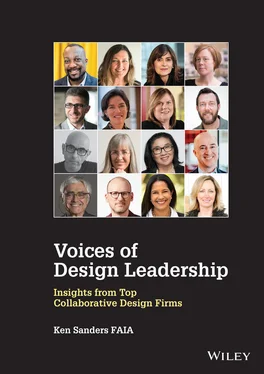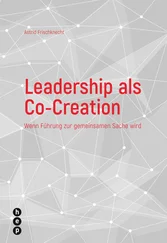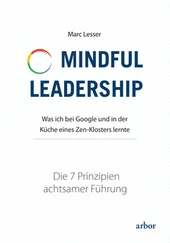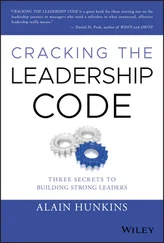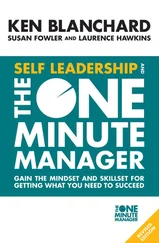Ken Sanders - Voices of Design Leadership
Здесь есть возможность читать онлайн «Ken Sanders - Voices of Design Leadership» — ознакомительный отрывок электронной книги совершенно бесплатно, а после прочтения отрывка купить полную версию. В некоторых случаях можно слушать аудио, скачать через торрент в формате fb2 и присутствует краткое содержание. Жанр: unrecognised, на английском языке. Описание произведения, (предисловие) а так же отзывы посетителей доступны на портале библиотеки ЛибКат.
- Название:Voices of Design Leadership
- Автор:
- Жанр:
- Год:неизвестен
- ISBN:нет данных
- Рейтинг книги:3 / 5. Голосов: 1
-
Избранное:Добавить в избранное
- Отзывы:
-
Ваша оценка:
- 60
- 1
- 2
- 3
- 4
- 5
Voices of Design Leadership: краткое содержание, описание и аннотация
Предлагаем к чтению аннотацию, описание, краткое содержание или предисловие (зависит от того, что написал сам автор книги «Voices of Design Leadership»). Если вы не нашли необходимую информацию о книге — напишите в комментариях, мы постараемся отыскать её.
Voices of Design Leadership
Voices of Design Leadership
Voices of Design Leadership — читать онлайн ознакомительный отрывок
Ниже представлен текст книги, разбитый по страницам. Система сохранения места последней прочитанной страницы, позволяет с удобством читать онлайн бесплатно книгу «Voices of Design Leadership», без необходимости каждый раз заново искать на чём Вы остановились. Поставьте закладку, и сможете в любой момент перейти на страницу, на которой закончили чтение.
Интервал:
Закладка:
Each of the sixteen leaders profiled in this book represents a different model of design leadership and different model of design firm. There is no one-size-fits-all approach. Having said that, healthy ecosystems of collaborative design talent share common characteristics. They are not rules or guidelines. They are not operational, technology, or marketing strategies. Instead, they are cultural patterns that grow and nourish thriving design ecosystems:
The Power of Diversity
Design + Business Synergy
Client Experience Mindset
T-shaped Professionals
The Four R’s
Lifelong Learning
Readers are encouraged to reflect on each, add, subtract, prioritize, and develop a set of patterns that best represents the collaborative culture of your organization. Note that these are patterns of successful design firms . The values of successful design leaders are outlined in the closing chapter.
The Power of Diversity
Diversity is the one true thing we all have in common. Celebrate it every day.
– Winston Churchill
For all the right reasons, Diversity, Equity, and Inclusion (DEI) initiatives are booming in organizations across the globe. Intentional strategies of diversity not only help address lingering discrimination and social injustice, but also improve the overall health and resilience of talent ecosystems.
The evidence surrounds us. In nature, it is well understood that diverse and balanced ecosystems are the healthiest and most resilient. Biodiversity provides shared ecosystem services that benefit multiple species, including protection of water resources, formation and protection of soils, nutrient storage and recycling, breakdown and absorption of pollution, and recovery. The inverse effect can be seen in “managed” ecosystems. Wild salmon is generally healthier and less disease-prone than farmed salmon, and forest development programs that recognize the value of ecosystem diversity produce more disease-resistant trees compared to those that do not.
Researchers have also found that biological communities rich in species are substantially more productive than those lacking in diversity. Examples include deserts, forests, marine ecosystems, old-growth forests, rainforests, tundra, and coral reefs. While “survival of the fittest” exists within individual species, each depends on contributions from the others to ensure their own overall well-being. Mutual dependency is an essential characteristic.
The same is true of ecosystems of design talent. The greater the diversity and interdependency, the healthier and more resilient. Also important is equity: organizational processes and rewards that are impartial, fair and offer equal potential outcomes for everyone.
Art Gensler always encouraged leaders to “hire people smarter than you.” That is true. I would add to Art’s insightful advice: seek out, hire, and learn from people who are different from you.
Biography Matters
My wife Regina – a first-generation immigrant from Brazil – has taught me many things, one of which is how culture and language are closely woven together. A simple word in Portuguese, for example, may have additional layers of emotion compared to American English. Brazilian culture also generally encourages more emotional expression; to be trusted in Brazil, you do wear your heart on your sleeve. That is one reason why the best language translation cannot be achieved through one-to-one vocabulary mapping. Sorry Google! To learn a language well is to learn a culture well, and vice versa.
As design leaders, we need to extend our thinking about diversity beyond the traits most often associated with employment discrimination: race, color, religion, gender, sexual orientation, national origin, age, or disability. Those are important markers. But diversity is also about life experience. About culture. About economic status. About family background. Biography matters .
In general, life experiences that introduce design leaders to different geographies, languages, and social contexts broaden their understanding of cultural preferences and helps them challenge conventional wisdom. Such experiences also help them recognize that the needs of diverse clients cannot be addressed in a homogenous manner, and that innovative design solutions are often discovered along unconventional paths.
In Chapter 12, you will hear from Rafael Viñoly, a remarkable design leader who was born in Uruguay, built a successful design practice in Argentina, and immigrated with his family to the US after the 1976 military coup d’état overthrew President Isabel Perón. As Rafael points out, “Immigration is probably the only university that can teach you how much you don’t know.”
For those who did not enjoy a particularly diverse life experience prior to beginning their professional career, it is never too late to start. First steps might include overseas graduate school or short-term exchange programs within or between firms. Enlightened organizations with global footprints offer cross-border opportunities to their talent for that very reason. The intention: enhancing the creative output of collaborative teams through diversity of biography and life experience.
Look Far and Wide
As you search for new design talent, make sure to look far and wide. You may be surprised what you find! Two stories illustrate this principle.
The first begins in April 2012. Readers may be familiar with Google Earth, a software application that allows users to navigate a 3D representation of our planet using satellite imagery. In 2012 (alas, no longer) users of the software could contribute their own 3D building models to the public version of Google Earth. While Gensler’s Shanghai Tower was under construction, I learned that someone had inserted into Google Earth an impressive 3D model of the building.
The model did not represent the completed design, but instead its current construction progress. At that point, the twisting steel and concrete frame had reached about two-thirds of its eventual 600-meter height, while curtain wall wrapped the lower one-third. The digital model was remarkably detailed and even included the four construction cranes extending above the top of the tower.
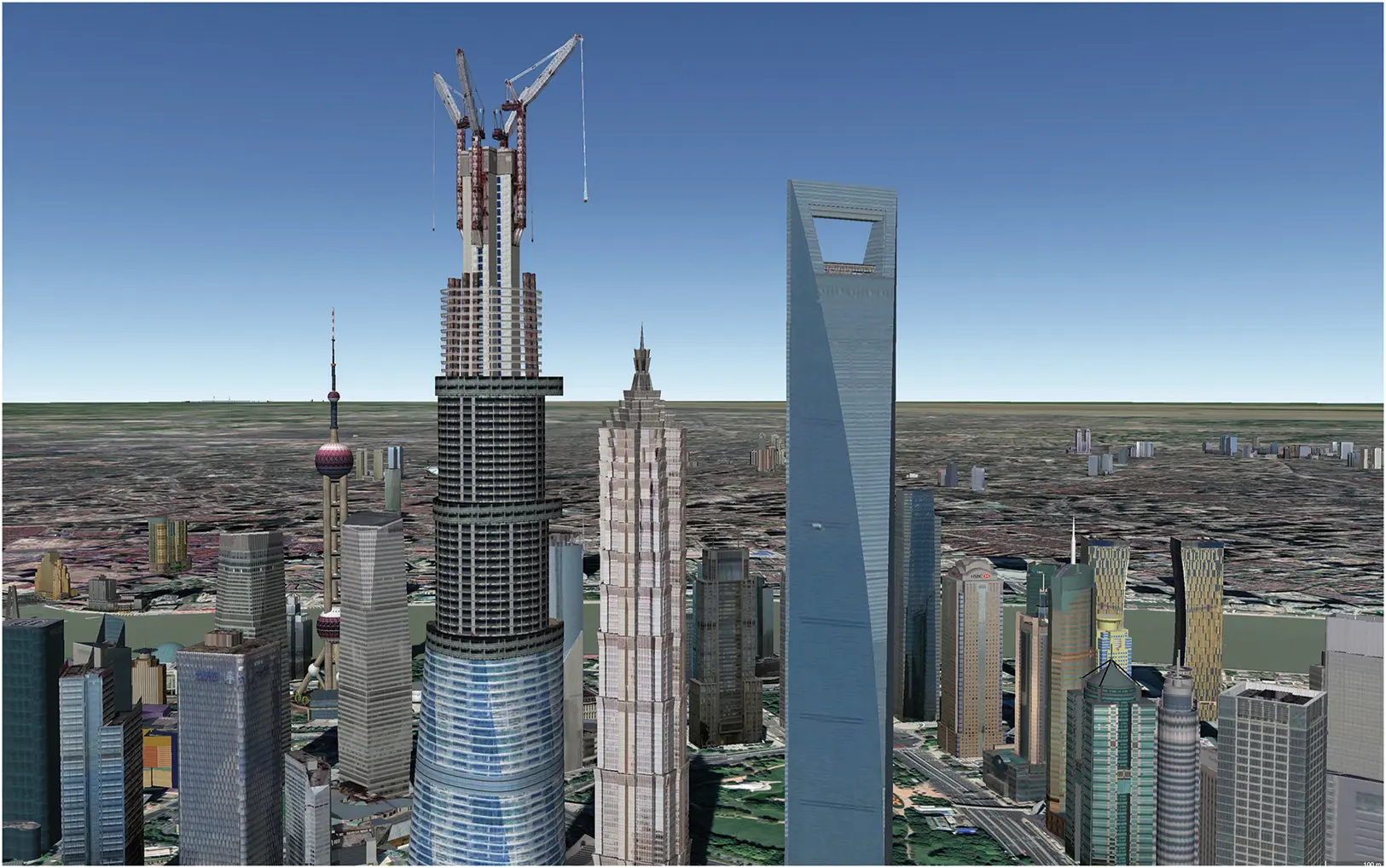
Shanghai Tower construction model as shown in Google Earth, April 2012. Image Credit: Duyi Han, © Google, © Maxar Technologies
Because of the model’s accuracy and detail, it seemed likely that its author had access to the building’s construction documents. Did the person work in Gensler’s Shanghai office? I reached out to my colleagues there to find out. However, they had already made their own inquiries and no one working in the office had built it.
I turned to the Internet sleuths on Gensler’s IT team to see what they could learn. After following multiple digital breadcrumb trails, they discovered an email address of the person believed to have built the model. The individual’s name, roughly translated from Mandarin, appeared to be “Duee Haan.” Their IP address indicated a location in the Shanghai vicinity.
I reached out via email with an invitation:
From: Ken Sanders
Date: Thu, May 3, 2012 at 12:06 a.m. Subject: Hello!
To: @gmail.com
Cc: Xiaomei Lee, Robert Plummer, Dorian Chau
Hello Duee Haan,
My name is Ken Sanders. I work at Gensler in San Francisco, and I am very impressed with your work! In particular, many of us at Gensler have enjoyed seeing your construction model of the Shanghai Tower published in the Google 3D Warehouse, as well as your photography in Panoramio…
Читать дальшеИнтервал:
Закладка:
Похожие книги на «Voices of Design Leadership»
Представляем Вашему вниманию похожие книги на «Voices of Design Leadership» списком для выбора. Мы отобрали схожую по названию и смыслу литературу в надежде предоставить читателям больше вариантов отыскать новые, интересные, ещё непрочитанные произведения.
Обсуждение, отзывы о книге «Voices of Design Leadership» и просто собственные мнения читателей. Оставьте ваши комментарии, напишите, что Вы думаете о произведении, его смысле или главных героях. Укажите что конкретно понравилось, а что нет, и почему Вы так считаете.
